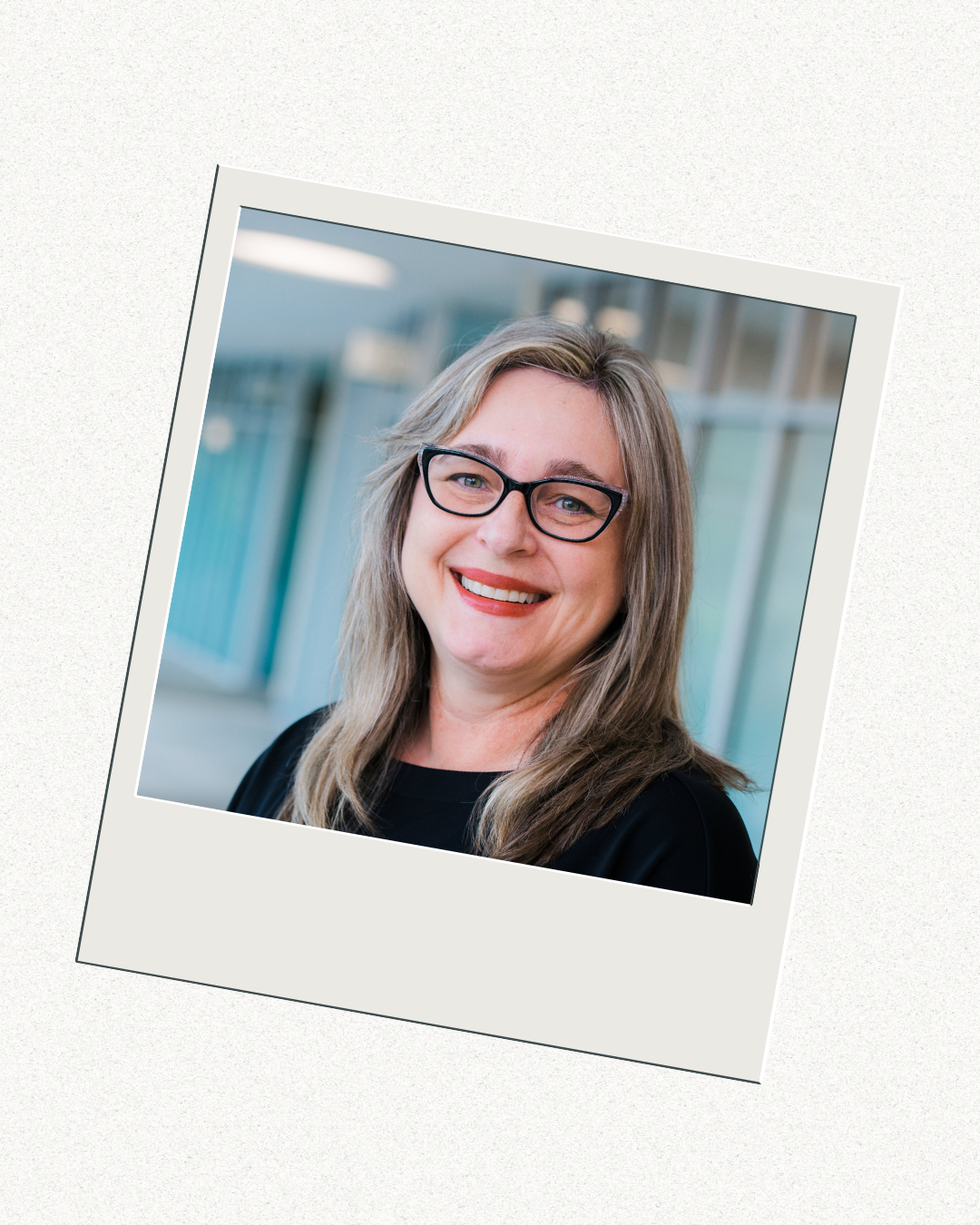Internet Survival Guide for Social Workers
Agata Dera, MSW, is an Associate and Live Support Specialist with the Columbia School of Social Work’s (CSSW) Online Campus, where she works with social work faculty and students in online courses to optimize the digital learning environment. In this blog post, she shares tips and practices when connecting to the internet for online learning and engagement.
Introduction
At the Columbia School of Social Work (CSSW) my primary responsibility is to provide technical support to our online community. At the time of writing this piece, I have supported roughly 27 unique online social work courses at CSSW. In the last few years, I have offered technical guidance to hundreds of students, faculty members, Deans, guest speakers and other personnel.
As an award-winning online program, our goal is to provide our students with the highest quality of online learning in the most thought-provoking, innovative, engaging and accessible environment. One of the things that makes this possible is our program’s technology standards for hardware, particularly when it comes to internet connection. As part of our program’s tech requirements, students, faculty and guests connect to our live class sessions via Ethernet, (a wired connection to the internet), as opposed to Wi-fi, (a wireless connection). This allows us to design creative classrooms which focus on student growth while limiting any potential interruptions due to technical issues such as loss of internet connection.
In this post, you will find tips and resources about connecting to the internet, which I have found to be really useful. Please note that this post is based on my experience proving tech assistance to an online social work community, and its intention is to support anyone interested in learning more about the internet and ways to stabilize their connection.
A review of Teaching & Learning in Social Work for 2020
2020 was a strange year with many firsts for me – first global pandemic, first sabbatical, first live sessions in an online course, etc. Because of all these firsts, blogging took a bit of back seat to some of my other projects and goals for the year. I had four goals for the blog over the year, and some minor successes. They were:
#1 – Publish 30 posts – only published 19
#2 – Enhance the reach of the blog – there were almost 45,500 visitors from 153 different countries with each visitor spending an average of 1 minute on the blog.
#3 – Build a culture of engagement – only had 10 comments for the year.
#4 – Publish content in other places – there will be two articles in 2021 with content from the blog.
Outside of these goals, I did update content on the blog and created an archive page. The two most popular blog posts of 2020 were:
A Love Letter to Social Workers on the Front Lines of COVID-19 (4/10/20) by Melanie Sage with over 24,000 visits
The Power of Lighting in a Virtual Classroom: Tips on Improving Webcam Lighting for Online Educators (3/16/20) by Agata Dera with over 3,000 visits
Pinterest Assignment for the Social Work Classroom

A few years back, my colleague, Dr. Lisa Baker at Samford University’s Department of Social Work, and I collaborated on a study about a technology-meditated assignment that we developed for a Human Behavior and the Social Environment (HBSE) course. Our goal was to breathe some new life into a stale assignment. In this post, I want to share how we approached the development, assessment, and dissemination of our study related to this tech-mediated assignment.
Virtual Volunteering for Social Work Education during COVID19

Each semester, I teach courses with service learning requirements in our BSW program. As many of you know, service learning combines volunteer work with critical reflection so that students can make connections between real-life experiences and their academic course work. It is consider a high-impact educational practice in higher education and the pedagogical constructs embedded within service learning are a natural fit for social work education. Many undergraduate social work programs require volunteer hours for admission into their professional social work programs. At the University of Alabama at Birmingham (UAB), our students volunteer for 20 hours as part of a semester-long, one-credit hour lab course, which is connected to a practice course. While volunteering in community-based settings, our BSW students get experiences with different types of agencies, social problems, client populations, and activities that social workers do on a daily basis. Then, they bring these experiences back into the classroom to deepen their understanding of generalist social work practice with individuals, groups and organizations. Students take three service learning lab courses prior to their field semester, which gives them a grounding for what to expect during their field placement along with 60 hours of volunteer experience for their professional development and resume.
In March 2020, the COVID19 pandemic disrupted our lives and how we teach our courses. Within the span of a week, I had to shift over 100 students in our three service learning lab courses from doing in-person volunteering at five community locations in the Greater Birmingham area to doing virtual volunteer work. In this blog post, I want to share how I did this and offer resources for social work educators who also need virtual volunteer opportunities for their students.
Book Group Discussion Guide for Teaching Social Work with Digital Technology

Back in September, Melanie Sage, Nancy Smyth, and I announced a virtual book group for our work – Teaching Social Work with Digital Technology. The goals of the book group were to: 1) create a supportive learning community; and 2) provide space for reflection about one’s own professional development with teaching with technology. You can read more about this blog post:
Teaching Social Work with Digital Technology Book Group
We launched our book group in January and ended it in June 2020, with monthly meetings and a moderated online private Facebook group. The group included a monthly live virtual meeting with discussion moderated by the authors and guest facilitators. Live meetings allowed members to participate and ask questions. In between these live meetings, the facilitators led and moderated discussions about teaching with tech, offering reflective questions and simple learning tasks. Additionally, all live meetings were recorded and archived for later viewing in the group. We will leave the group up as an archive until the end of 2020. Please know that this group will no longer be moderated.
Overall, we had a total of 223 members in the group, and based on the group analytics there were over two hundred posts submitted, and a lot more members reviewing/reading the posts. Although we expected greater engagement, we know that this year brought unexpected challenges for all of us. We believe that good discussion prompts and questions from our facilitators promoted thoughtful reflection and engagement each month. We are sharing these questions and prompts here in this blog post so that others can use them for their own review or to start book groups in their institutions. Here is the discussion guide:
Fostering a spirit of collaboration with Social Work Students during the COVID-19 Pandemic
Editor’s note: When COVID19 cases started rising in the US in March 2020, institutions of higher education made significant decisions that required instructors and students to pivot the delivery and design of courses almost overnight. In this blog post, an instructional team from Columbia University’s School of Social Work (CSSW) detail how they approached changes to their course using trauma-informed teaching strategies. The team consists of Matthea Marquart, Director of CSSW’s Online MSW Program, Katherine Seibel, Legislative and Policy Analyst at a nonprofit promoting young people’s wellbeing, and Nicole Wong, Director of Support, Advocacy, & Violence Prevention at Vassar College. For more information related to this post, please reach out to Matthea at @MattheaMarquart.
Our spring semester online course, which is part of Columbia University School of Social Work’s (CSSW) Master’s of Science in Social Work program, began in March 2020, with our first class session on March 10. The next day, the World Health Organization declared COVID-19 a pandemic, and the next week was spring break. Columbia University, which is located in New York City, had already been taking steps to protect student safety, such as moving residential courses online, but our course was already online, with our students located across the United States.

As a result, the policy impact that most affected our course came with the University’s announcement on March 20 that all spring semester courses would be graded pass/fail. This policy impact freed us to make significant changes to our course assignments and grading policies mid-semester, in collaboration with each other as the instructional team, as well as with the students. We also implemented trauma-informed teaching strategies in response to the changing circumstances in the world, which had a significant impact on students and which we recognized could contribute to increased experiences of trauma. Trauma-informed teaching recognizes that past and ongoing trauma can impact current student success, and employs strategies to foster a supportive environment and reduce barriers to learning. An example is sharing power with students through collaboration and choice about course decisions.



